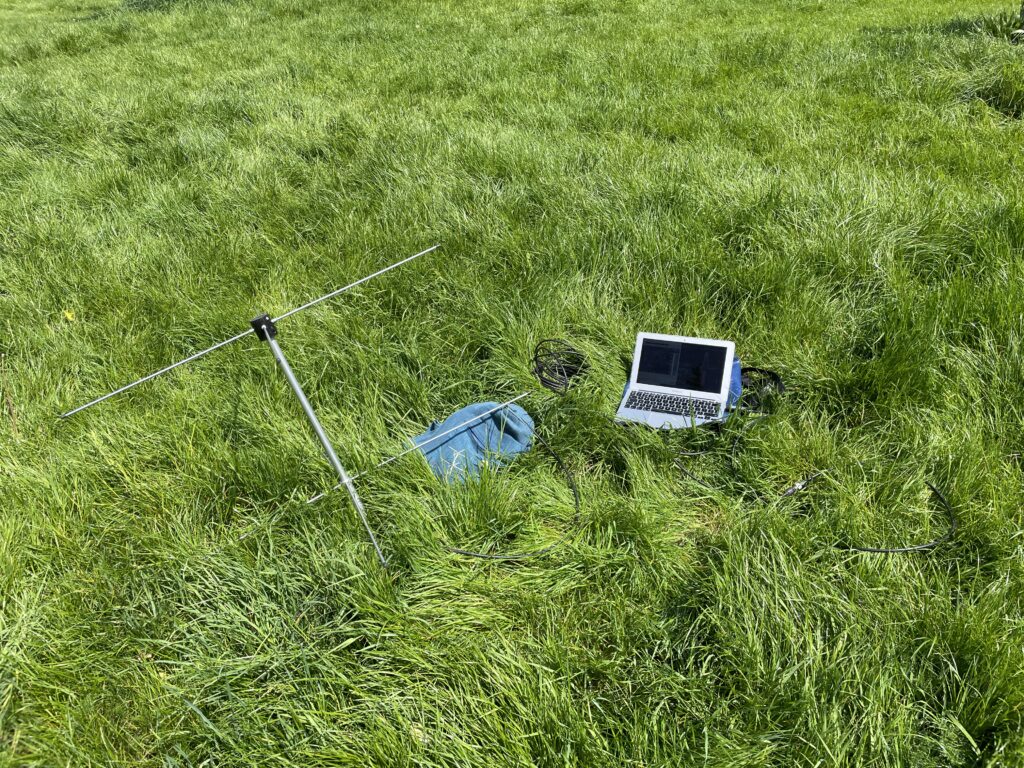Local Date
12 May 2024Local Time
12:23Location
Hackney Downs, LondonCountry or Territory
United KingdomContributor
Sasha EngelmannSatellite
NOAA-18Radio Callsign
Archive ID
Coordinates
I spent an inordinate amount of my waking hours this weekend doing two things: 1) looking for and thinking about the aurora during the unfolding geomagnetic storm that started on Friday, and 2) re-reading Sara Ahmed's book Queer Phenomenology. My head and body are full of orientations. Last night I went out after 11pm to see the northern lights again. After the news media coverage of the G5 storm and the countless magenta-pink photographs on social media, the park was unusually crowded, and I could see people craning their necks to the sky. One person said in the distance: "does anyone see it? Oh come on!" as if urging the ions and Oxygen isotopes to light up on cue. The intensity of the solar storm had decreased and there was less chance of seeing any colour last night. Yet I couldn't help but think more about what was happening to everyone in the middle of their Saturday evenings, standing in a park and peering into the dark, trying to see pink. Ahmed writes, "Seeing such objects as if for the first time... involves wonder, it allows the object to breathe not through a forgetting of its history but by allowing this history to come alive" (2006: 163-164). The bodies in the park were certainly poised for wonder, eager to see the urban night sky 'as if for the first time'. It would be easy to suggest that people were disappointed, but I think something else happened. In the gesture of going out in the dark, waiting and gazing up, and in seeing this gesture repeated by many bodies, I think something did 'come alive'. We faced the same direction, we waited, we produced lines of orientation (and disorientation). While this sounds romantic, I don't think it was; indeed we can question how romantic a gesture of 'looking up' really is when the sky is occluded with light pollution, smog and strings of corporate satellites forming a shell around earth. Instead I think this was about "allowing the oblique to open up another angle on the world" (2016: 172). It was about seeing (and failing to see) something wondrous, something strange and unusual 'coming alive' in the opaque familiarity of the urban night.


